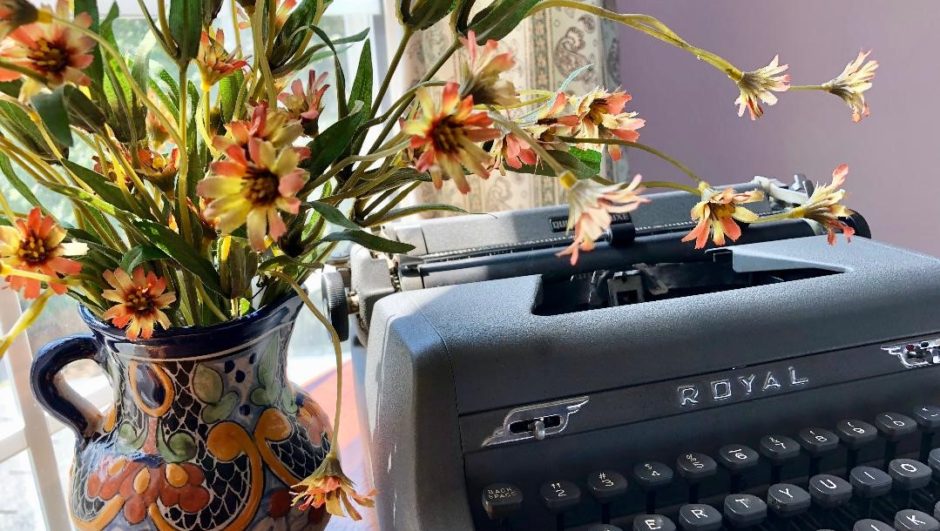by Linda Harris Sittig
You may not recognize Molly Burkhart’s name unless you have read the book or seen the movie Killers of the Flower Moon.

She was, perhaps, the only survivor of the Osage Murders that continued from 1918 – 1931. During those years, sixty or more of the Osage people were murdered for their headrights, where each tribal member was guaranteed an equal share of the lucrative oil payments from their land.
Mollie was the only survivor of the ones targeted to be killed.
THE OSAGE NATION
To understand the impact of her life, let me digress a bit to fill you in on the history of her people. According to archaeologists and tribal lore, the Osage lived in the Ohio River Valley thousands of years ago. Then, around 200 to 400 A.D., they began migrating down the Ohio River into modern-day Kentucky. By 1000 A.D., they lived in modern-day St. Louis, Missouri.
Due to wars with the Iroquois or possibly searching for better agricultural land, several clans and tribes split off from the original large group. By 1300 A.D., the leading group of the Osage (People of the Middle Waters) started migrating west.
By the nineteenth century, the American government forced the Osage into Indian Territory, which is today Oklahoma. Then, in 1897, oil was discovered on their lands. Because they had shrewdly retained communal mineral rights, the tribe became wealthy.
Very wealthy.
Each person in the tribe could inherit the headrights of their family. Consequently, many white men married Osage women, possibly with the intent of inheriting the family headrights if the wife died.
BACK TO MOLLIE
Mollie was born into the Osage Nation in December 1886 to James Kyle and Lizzie Kyle, living in Indian Territory. She inherited her parents’ headrights, but the government declared she needed a legal guardian to oversee her finances. When she turned thirty, she met Ernest Burkhart, the nephew of William ‘King’ Hale, a local rancher who had managed to leverage vast amounts of funds from shady insurance claims. Ernest was Mollie’s chauffeur.
Mollie and Ernest married a year later, and Ernest legally became a part of Mollie’s family and was entitled to inherit her headrights if she passed on. It was at this point that an increasing number of Osage Indians were suddenly found dead, either by supposed accidents or a strange ‘wasting illness” tied to their diabetes.
The deaths became more personal when it happened to Mollie’s entire family. First, it was her sister Minnie who died of the wasting illness, later suspected of being poisoned. Then, her sister Anna was found shot to death outside of town. Next, her mother suddenly fell ill and passed. Her sister Reta died soon afterward in an explosion that leveled her home.
Then Mollie fell ill. While her husband, Ernest Burkhart, gave her daily injections for her diabetes, she became sicker and sicker. When both Ernest and his uncle William Hale were finally arrested for the murders of Mollie’s family and others, Mollie was transferred to a hospital. She immediately began to get well due to overcoming the presence of poison from all her previous injections at the hand of her husband.
Whether Ernest knew that the injections contained poison or not has never been established. But, if Mollie had died, Ernest would have inherited her headrights, and then if Ernest died…. William Hale would possibly have been able to secure them for himself.
THE OUTCOME
As it was, the Osage Murders was the first big case for the newly established Federal Bureau of Investigation.
When both William Hale and Ernest Burkhart were found guilty of their involvement in the murders, Mollie divorced Ernest, but not before she suffered hurtful gossip from tribal members. Two years later, Mollie married John Cobb and petitioned the courts to relinquish her from legal guardianship. She won the case.
Starting over, but now with complete control of her money, Mollie Burkhart Cobb continued her life on the Osage reservation with her two remaining children, her health restored, and her headrights intact.
Like many other violent times, younger generations are unaware of the stories. Sometimes, it takes a book or a movie to bring back the characters who lived through such turbulent times – characters like Mollie Burkhart.
Thanks to Jennie Blumenthal, who suggested Mollie for a Strong Women feature. If you know of a woman who lived with integrity and whose legacy inspires others, please send me her name. linda@lindasittig.com.
I will celebrate March as National Women’s History Month by embarking on a research trip for my current WIP (Work in Progress). This will be the story of the women who built the Liberty Ships in WWII – a story many people do not know.
Please sign up on the right sidebar to follow Strong Women and receive the monthly blog in your email. Then, encourage friends to do the same. In the meantime, you can find my books featuring strong women in bookstores and online: Cut From Strong Cloth, Last Curtain Call, Counting Crows, B-52 DOWN, and Opening Closed Doors.
~ Linda

Love this post. Thank you! I saw the movie and was appalled by mindlessness of the heartless people Mollie considered her own.
Thanks, Madhu, it is unfathomable to me that the perpetrators got away with the murders for so long!
Linda:)
Read the book several years ago and highly recommend it. This post does a great job of sharing the basic story of Molly with the reader, Linda. There was so much evil going on in the book it was almost hard to follow at times. Thanks, Linda.
I agree, I almost didn’t watch the movie because the book was so disturbing. The whole saga is so sad and so pure evil.